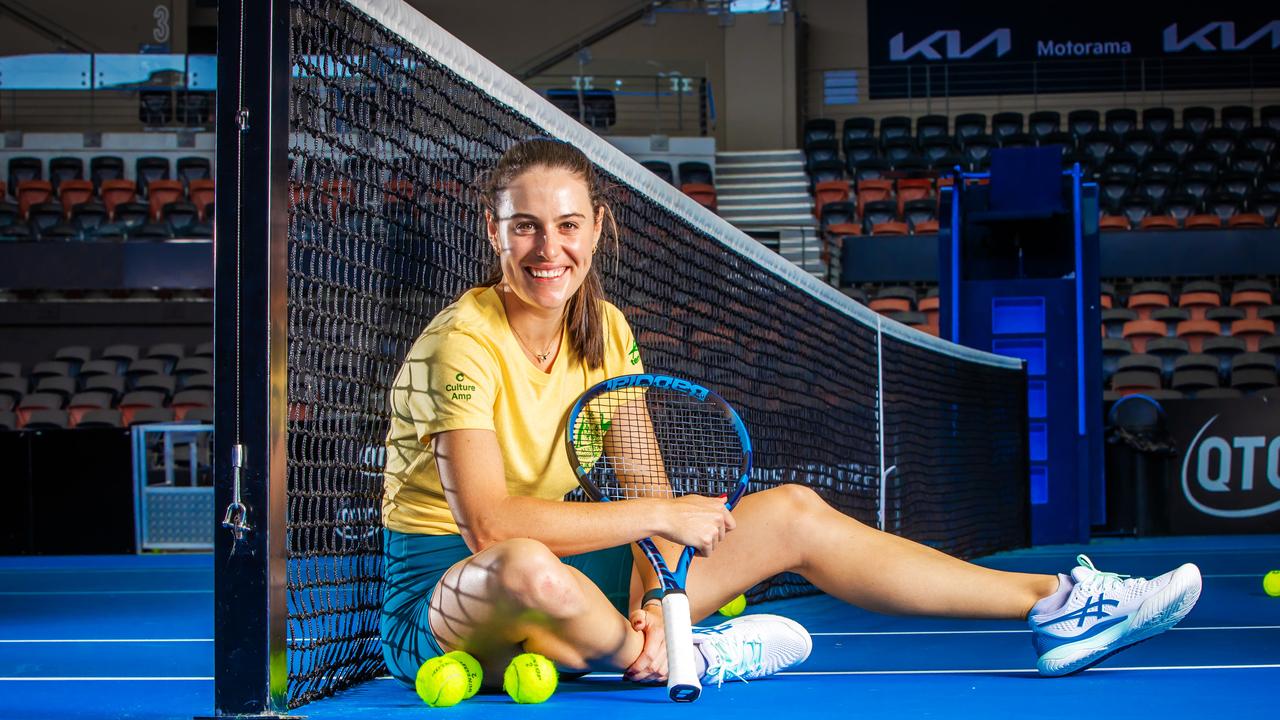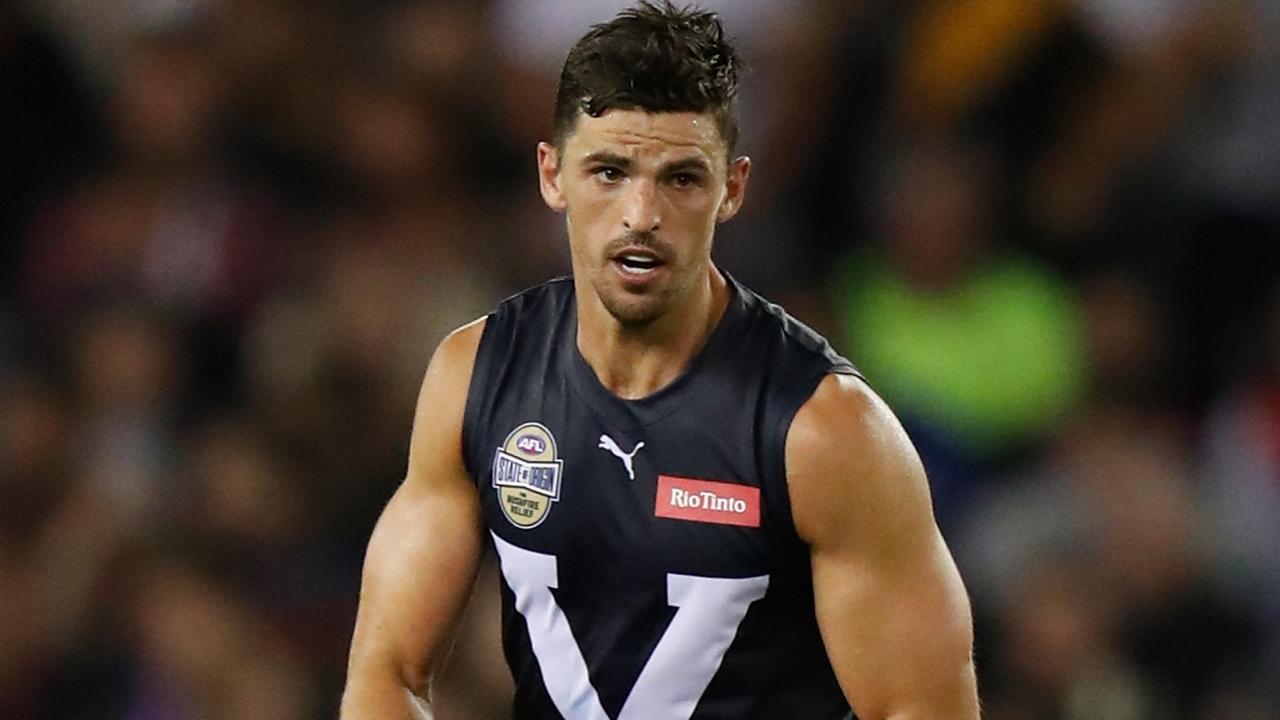The Everest adds X-factor to redrawn turf landscape
An extraordinarily lucrative event has redrawn the turf landscape.
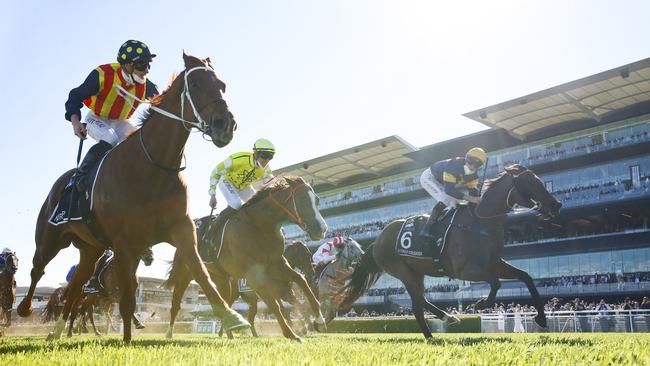
In horseracing form guides, the letter C after a horse’s name is a winner. It denotes course and distance: the horse in contention for, say, a 1200m race at Sydney’s Royal Randwick has won over that distance at that track. Racing NSW boss Peter V’landys has a $15m C after his name.
His brainchild, The Everest sprint race, will be run for the sixth time at Randwick this afternoon.
V’landys has another letter that is not used in form guides: X, for X-factor. The Everest is the first of a group of lucrative races he has devised to put Sydney neck-and-neck with Melbourne during the Spring Racing Carnival.
The way he is going we will need to find a mountain higher than the highest. If one is discovered, in the uncharted fathoms of the ocean perhaps, or by Elon Musk on Jupiter, it’s a sure bet V’landys will name a mega-rich horse race after it.
Until that day, we have The Everest, with that $15m purse making it the richest race in Australia and the richest turf race in the world. If you are feeling pain at the petrol pump right now, it may not help to know that only the Saudi and Dubai cups, run on dirt, are worth more.
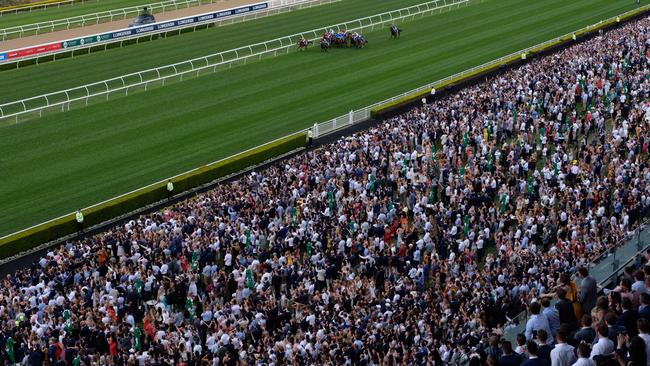
The 2022 Everest has its own X-factors. First, Sydney’s record-breaking rain means there’s a chance the Randwick track will be biblically wet, only fit for horses of the pedigree identified by Cosmo Kramer in an episode of Seinfeld: “His father was a mudder, his mother was a mudder.”
Second, one of the contenders, Joyful Fortune, is a former Hong Kong galloper who has had only one start in Australia, romping home in a 1100m race at Flemington on September 18. The track that day was a heavy 10, which is as wet it can get before the races are called off.
“It’s looking outside the square, I suppose,’’ says Jonathan Davies, sales director of the thoroughbred stud Aquis, which owns The Everest slot filled by Joyful Fortune.
That term – slot – goes to the innovative nature of The Everest. It is an invitation-only race, limited to 12 horses. Anyone with deep pockets can buy a slot – one of the 12 starting positions – for $600,000.
Once they own the slot, the negotiations begin. They can put their own horse in it, as Hong Kong billionaire Bon Ho did with his grey gelding Classique Legend, which won the race in 2020, or someone else’s horse in it.
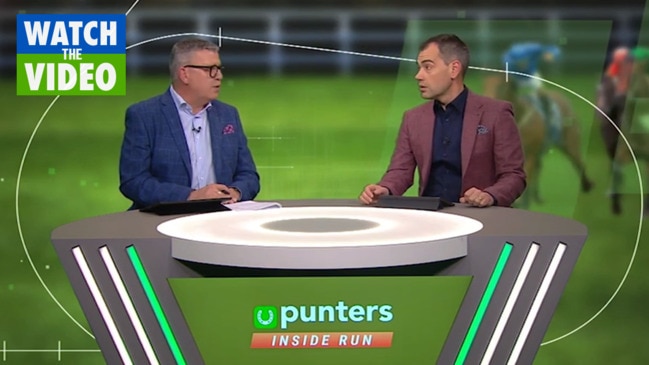
The behind-the-scenes dealings – especially over how the prizemoney will be split – add to the allure of the race because there is so much money involved. The winning horse receives $6.2m, which, being a horse, he (no female has yet won the race) passes on to the slot holder, who then divides it between whoever is in on their arrangement.
Second, third, fourth and fifth places are worth $2.3m, $1.4m, $1m and $750,000 respectively. It’s only from sixth place ($500,000) and seventh to last place ($450,000) that the return is less than the $600,000 outlay.
To put this in perspective, if Joyful Fortune runs twelfth of 12 this afternoon, he will win more for beating home the ambulance than he has in his career to date ($365,612).
To put it in V’landys’s perspective, the first, second and third place cheques for the Melbourne Cup on the first Tuesday in November are $4.4m, $1.1m and $550,000. So a horse that runs dead last in The Everest, which is over in about 70 seconds, will earn more than the horses that run fourth and beyond in the two-mile race.
The favourite is Nature Strip, who won in 2021. If he wins again, he will not be the first back-to-back Everest winner. That title belongs to Redzel, who won the first two, in 2017 and 2018.
Redzel, now retired, was trained by Sydney father and son team Peter and Paul Snowden, who will be represented this time by Mazu, an exciting four-year-old who has burst on to the scene since having the irreversible gear change: being gelded.
Bon Ho’s Classique Legend is out with an injury, so he has filled his slot with someone else’s horse, the mare Shades of Rose, from the stable of Sydney trainer Bjorn Baker, who has a second contender, Overpass, in the slot owned by Melbourne-based watch and jewellery magnate James Kennedy.
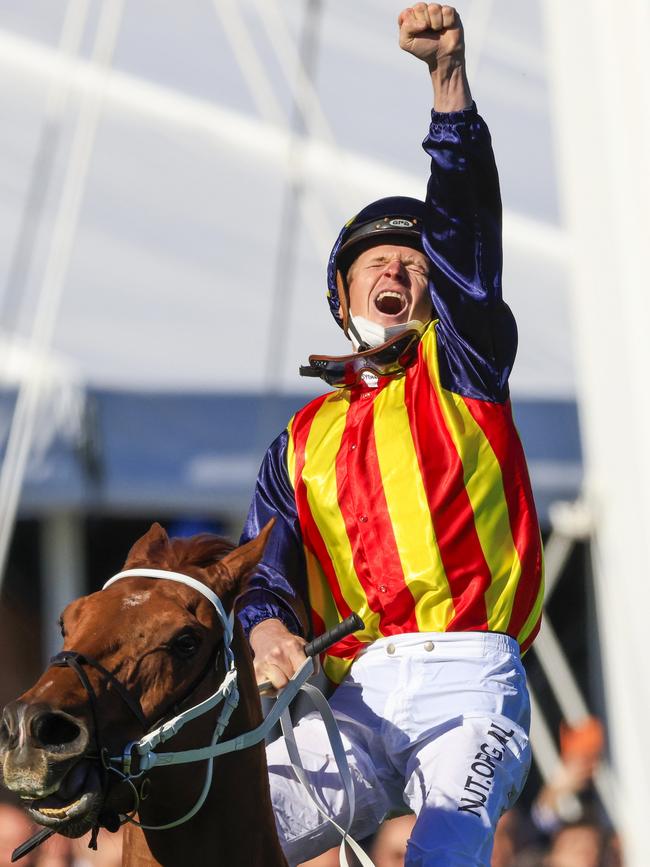
The Everest is run under the weight-for-age format, rather than handicap conditions. That means eight-year-old Nature Strip, who has won close to $20m, carries the same weight, 58.5kg, as six-year-old Joyful Fortune, who has won the aforementioned $365,000 and change.
In a handicap, Nature Strip would have to lug a lot more and Joyful Fortune a lot less. Under WFA, it’s three-year-olds and the fairer sex that receive the weight relief.
The Everest has two three-year-olds: the undefeated Giga Kick, elevating his young Melbourne trainer Clayton Douglas into a new atmosphere, and Jacquinot, trained by the Melbourne duo Mick Price and Michael Kent Jr.
Shades of Rose is the only female in the race. The other contenders are Masked Crusader, who ran a close second to Nature Strip in 2021, Eduardo, the nine-year-old veteran who ran third that year, Lost and Running, who ran fourth, and newcomers Ingratiating, trained by James Cummings for the global Godolphin stable, and Private Eye.
So who will win the Everest? If I knew that I wouldn’t be writing for a living. However, if we do the algorithms on the five Everests to date, there are a few pointers:
●Jockeys: Kerrin McEvoy reigns supreme, having won the race in 2017, 2018 and 2020. He’s atop Shades of Rose. On the downside, she’s a she and shes have yet to win.
●Trainers: Peter and Paul Snowden (Mazu) and Chris Waller (Nature Strip) are tied at two wins apiece. Downside, no four-year-old (Mazu) or eight-year-old (Nature Strip) has won, which leads us to …
● Age: A slight majority to five-year-olds (two wins). The other three winners have been three, six and seven.
● Gender: As mentioned, no female horse has won. To split this sex divide even further, the five Everests to date have been won by one colt (three-year-old Yes Yes Yes in 2019) and four geldings.
How to put this delicately? It shows that to win The Everest money matters more than balls.




